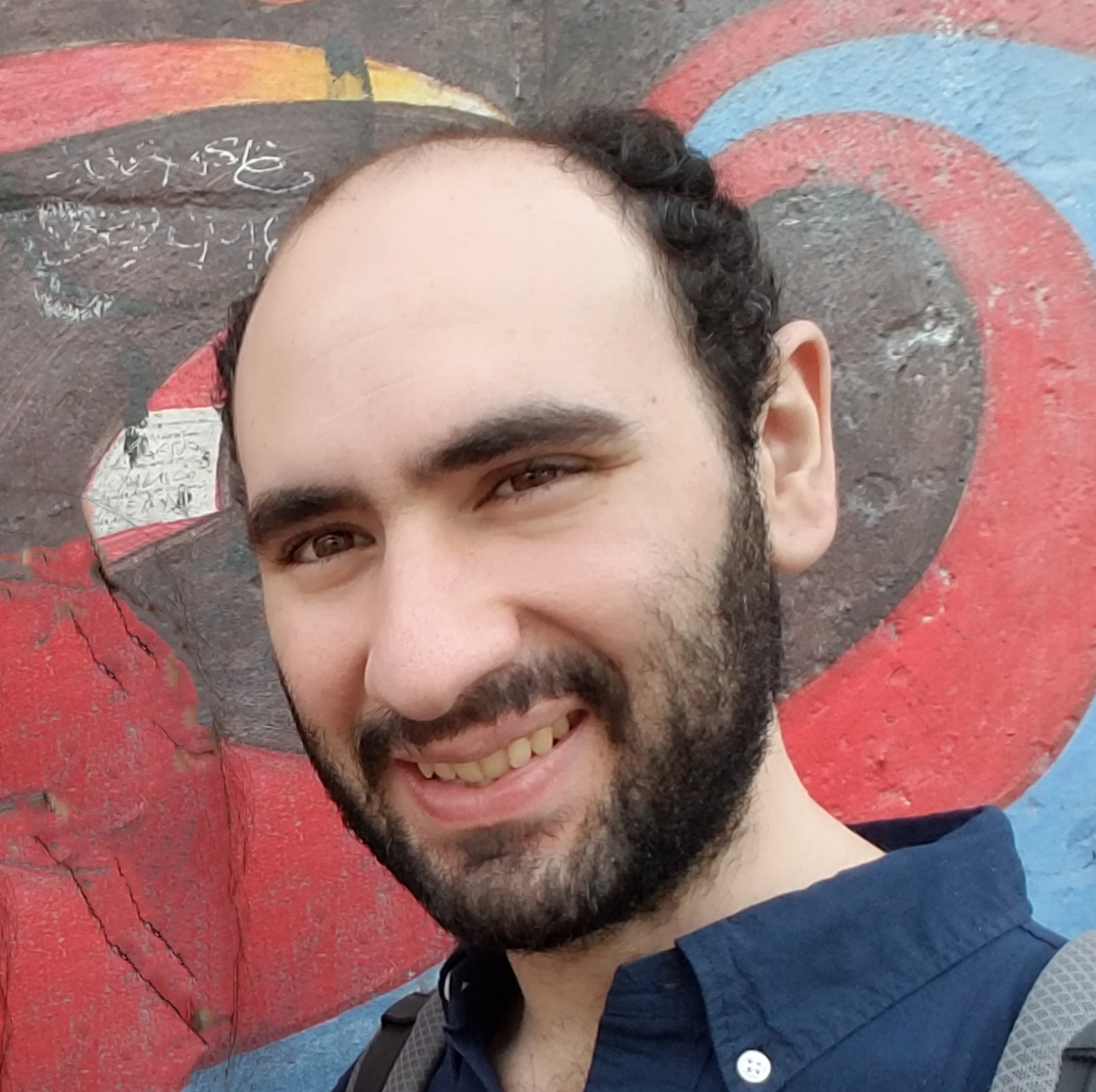Since its inception, neuroscience has been captivated by the morphological understanding of neural elements and their intertwining into complex circuits. Studies concerning structure-function relationships at the single cell level and those aimed at delineating anatomical connectivity at neural network level are fundamental for the elucidation of both physiological and pathophysiological processes of the central nervous system (CNS). Although various methods exist for studying neuronal morphology, drawbacks can be encountered in certain settings: e.g., heavy metal staining can hamper simultaneous neurochemical analyses, and genetically-directed labelling can result in insufficient sparseness for adequate reconstruction of complex arborizations. If a detailed study of neuroanatomical projections with conventional or viral tracers is to be combined with a morphological analysis of the cellular elements receiving these inputs, a sparse labelling allowing visualization of axonal processes and performance of immunofluorescence (IF) would be favored. Hence, we optimized a protocol for sparse neuronal labelling taking advantage of a commercially available adeno-associated virus (AAV) variant developed for efficient noninvasive CNS gene delivery: AAV-PHP.eB. We present data supporting its use for 3D neuronal reconstruction, spine density analysis, and the complementation with AAV tracers and IF to analyze local and distal afferents to individual neurons in prefrontal cortex of mice.
P#276
Sparse labelling with AAV-PHP.eB, a noninvasive gene delivery method: Optimization of a protocol for morphological and anatomical connectivity analyses.
Carlos Alfredo Pretell Annan
- C.A.B.A.,
- Argentina
- Carlos A. Pretell Annan ¹
- , L. Teresita Tribbia ²
- , Germán La Iacona ³
- , Irene R.E. Taravini ²
- , Diego E. Pafundo ¹
- , Juan E. Belforte ¹
- 1 Grupo Neurociencia de Sistemas, IFIBIO-Houssay, UBA-CONICET, Ciudad de Buenos Aires, Argentina.
- 2 Laboratorio de Neurobiología Experimental. LNE-FBRO-UNER, Gualeguaychú, Entre Ríos, Argentina.
- 3 Servicio de Microscopía del IFIBIO-Houssay, UBA-CONICET, Ciudad de Buenos Aires, Argentina.

